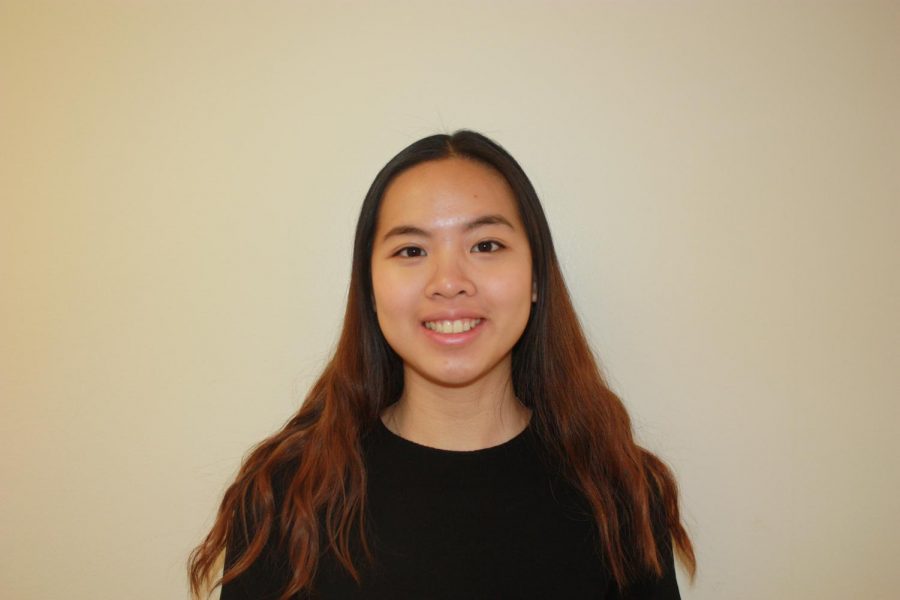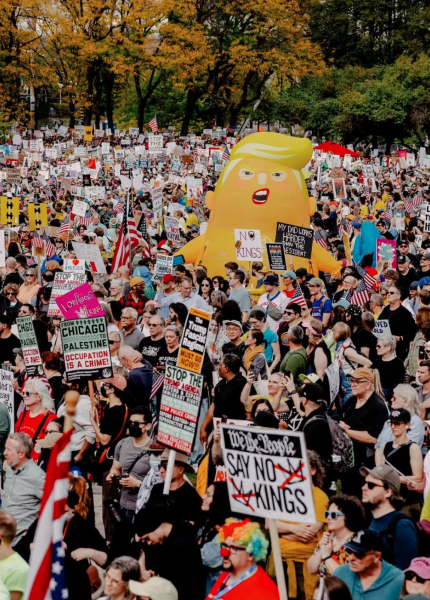Pink Does Not Always Mean Princess
What comes to mind when the word “pink” is mentioned? Chances are most people will picture something “girly.” It is safe to say that this color is almost always assigned to girls the moment they are born, or even before — take gender announcements as an example.
I was obsessed with all shades of pink as a kid: Barbie pink, pastel pink, coral, fuchsia and most recently millennial pink. To be honest, I don’t know if this obsession was something I knowingly and naturally developed or if it came from the fact that the color was imposed on my being the minute I was recognized as a girl. I remember being asked “Oh, so you’re a girly girl?” every time I told someone my favorite color. What does my favorite color have to do with my expression of identity?
I started to notice how the idea that pink is exclusively attached to girls was not just something I encountered in my life, but also reflected in mainstream entertainment. Films depict bubbly female characters through the use of a dominantly pink color palette, as seen in the character of Frenchy in “Grease.” Adjectives associated with this palette range from “innocent” to “sweet” to “feminine.” We are all aware of the issue of one-dimensional female characters, and it’s interesting to see how the stereotypical use of color can be part of the problem.
Take Sharpay from “High School Musical” as an example. Sure, she appears to be girlier than the other characters, but the excessive utilization of pink to portray her is unsatisfactory. She is ambitious and determined to succeed in the field of musical theater; depicting her as being inseparable from the color pink, coupled with her pouty attitude, reduces her worth to that of a spoiled rich girl who relies on her “sweetness” to get through life.
Thankfully, in more recent films and TV shows, pink appears to be given a new, less restrictive meaning. In “Lady Bird,” Christine “Lady Bird” McPherson flaunts her pink hair as an attempt to seem rebellious and different from her peers. She is much more multidimensional than the girly archetype that has long been portrayed on screen. However, it does not mean that she is solely a product of her bold choice of hair color either. There are still moments where she wants to look pretty in pink (trying on her prom dress and asking for her mom’s validation) as well as moments of rebellion and “misbehaving” (eating communion wafers while goofing off with her best friend Julie).
Similarly, the character of Maeve Wiley in Netflix’s “Sex Education” is also portrayed as a rebel through her pink ombre hair. She does not wear pink; in fact, her choice of clothing completely contrasts with the “sweetness” that her bubblegum pink hair color gives off. Maeve is a combination of the colors she chooses to express herself through. Pink alone does not wholly convey that she is a witty, intelligent, unspokenly sweet and rebellious teenager.
I still like the color pink for what it is, artistically and aesthetically speaking. Considering the vast range of shades it has, its association should be expanded to reflect the multidimensionality it should have been given in the first place.








































































































































































































